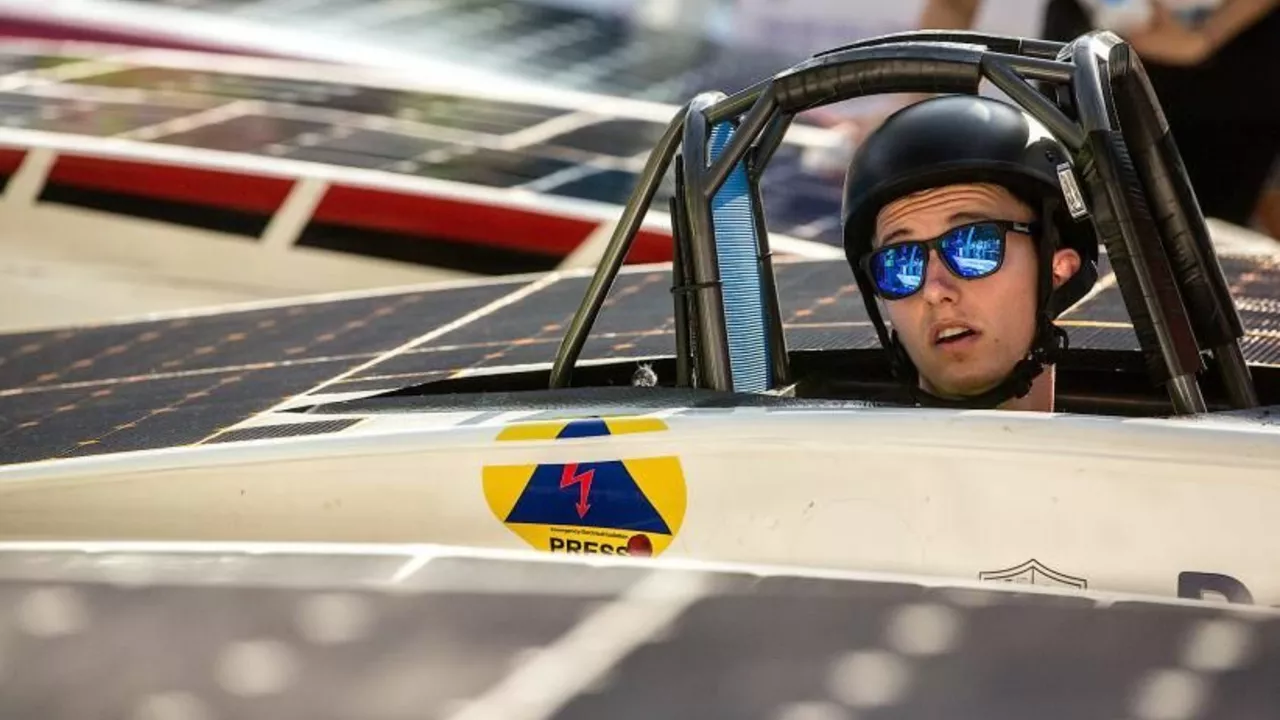Grueling Moments in Motorsports – What Makes Racing So Demanding
Ever wonder why fans get glued to every lap? It’s not just the speed; it’s the relentless grind behind every race. From drivers clocking endless hours on simulators to teams pulling all‑nighters to tweak a car, the sport is a marathon of effort. Let’s break down the toughest parts that keep the adrenaline flowing and the competition fierce.
Practice, Sweat, and Simulators
Professional drivers don’t just show up on race day and expect magic. They can spend up to ten hours a day on the track during season, plus countless hours in high‑fidelity simulators. Those practice sessions sharpen reflexes, test new parts, and let drivers experiment with strategies without burning rubber on a real circuit. It’s a grind that separates the good from the great, and it’s why you’ll often see the same names dominating year after year.
Licensing and Legal Hurdles
If you think you can jump straight into a race car with a regular driver’s licence, think again. Most professional series demand a specialised racing licence – a super licence for Formula 1, a national competition licence for IndyCar, and various grades for endurance events like Le Mans. Getting one usually means proving you’ve mastered lower‑tier series, passed medical checks, and logged a certain number of race miles. It’s a steep climb, but it keeps the grid safe and competitive.
Beyond paperwork, the mental pressure is intense. Drivers must stay focused for hours, react to split‑second changes, and keep their nerves in check when a mistake could mean a crash or a costly penalty. That mental stamina is as grueling as any physical workout.
Team Decisions That Change the Game
Take BMW’s exit from Formula 1 in 2009. The brand left not because they ran out of passion, but because the cost of running a full‑factory team no longer matched their eco‑friendly roadmap. That decision forced engineers, drivers, and sponsors to pivot overnight – a massive upheaval that showed how financial pressure can be just as brutal as the racing itself.
Similarly, the ongoing debate between IndyCar and Formula 1 fans over which series is faster highlights different challenges. F1 cars dominate on straight‑line speed and cornering grip, while IndyCars excel on ovals and maintain a tighter budget. Both series push teams to innovate under varying constraints, and both demand relentless effort from everyone involved.
Why Fans Love the Grind
For spectators, the behind‑the‑scenes struggle adds drama. Knowing a driver practiced 10 hours a day or a team fought for a super licence makes each overtake feel earned. The blend of technology, skill, and sheer willpower creates a story that’s hard to resist. Whether you’re cheering for a surprise upset like Marseille beating PSG or following a new game release that captures the same intensity, the grueling nature of competition keeps us coming back.
So next time you watch a race, remember the endless hours, the paperwork hurdles, and the tough business choices that fuel every rev. That’s the real engine behind the excitement – and why motorsports stay endlessly captivating.

What are the most grueling car races in the world?
After diving deep into the world of racing, I've found that some of the most grueling car races globally include the Dakar Rally, 24 Hours of Le Mans, and the Baja 1000. The Dakar Rally is notorious for its treacherous off-road terrain and challenging navigation. The 24 Hours of Le Mans, on the other hand, tests endurance as racers have to maintain high speeds for an entire day. The Baja 1000 is another brutal off-road race, spanning a thousand miles of Mexico's Baja California Peninsula. These races push drivers to their limits, both physically and mentally.